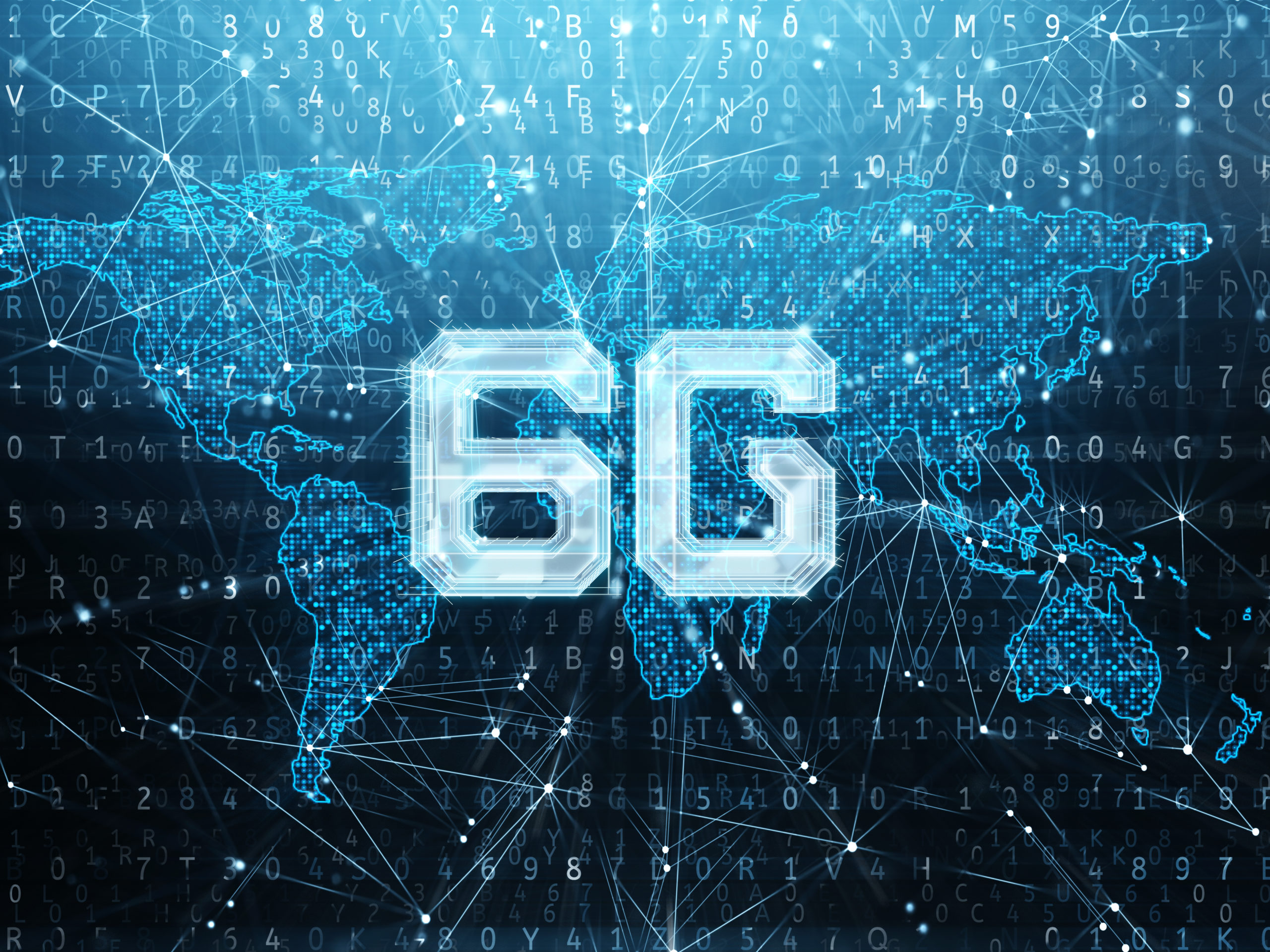Although 6G promises to bring new elements to the table, many of tomorrow’s digital experiences will benefit from the upcoming 3GPP 5G-Advanced releases. That’s how John Smee, Senior VP of Engineering and Global Head of Wireless Research at Qualcomm, projects the future of the next generation of mobile communications.
“There’s a huge number of exciting topics in [3GPP’s] Release 18. It’s the beginning of that new step into 5G-Advanced and the next really big step ahead of 6G,” he said during a session at the Brooklyn 6G Summit.
Some of the advancements Smee mentions include advanced DL/UL MIMO, enhanced AI/ML capabilities, non-terrestrial networks, and expanded positioning.
As important as the answers this and the subsequent releases provide us are the questions they raise. “That’s the opportunity that lies ahead as we’re in parallel driving 5G-Advanced and 6G foundational research. What are the core technologies making 6G relevant to better connecting society and the industry?”
Some examples of key technologies are semiconductors, RF, compute topology, disaggregation, and others. That makes for significant changes in how we design and experience the digital world.
“The user form factor is going to change significantly. The augmented virtual reality we’re experiencing today will be significantly different by the time 6G is deployed in 2030,” Smee observed.
Living on the Edge
Another component that should enable 6G digital experiences is the power of edge computing. While this solution has been taking its first steps in recent years, that’s a fundamental stone if the next G is to be functional, according to Smee.
“When we look at the connectivity and compute requirements for 6G networks, we have to realize a lot of this processing is moving towards the edge, whether it’s because of latency, whether it’s because of reliability, or whether it’s because we’re building a system that can better serve this merging of the digital, physical, virtual,” he said.
However, the executive points out some challenges in putting the structure together: players need to make sure those devices themselves are power efficient and can leverage machine learning to bring value to the new ecosystems.
Meanwhile, the compute aspect is also moving towards the edge of the network because of aspects like latency. “So you start looking at the differences between when it is on-premises versus when it is the metro area versus when it is done in the central cloud. Those different frameworks become relevant as we’re looking at each of the use cases,” Smee observed.
The Good Examples of AR and VR
With the pervasive use of smartphones and laptops, augmented reality and virtual reality have become, according to the executive, perhaps the examples that best represent the enterprise-consumer transformation taking place nowadays.
Whether you are a bigger fan of VR or AR, the fact is that augmented and virtual reality are both going to leverage 5G connectivity.
“So what do we need to do, as an industry and as we’re researching 6G, to make sure we’re establishing that very strong foundation in terms of the air interface itself?” Smee asked.
“Where is the compute? What are we splitting? How are we optimising the end-to-end air interface? And even the fact that I can have WiFi connectivity between the headset and a smartphone, or I can have native 5G connectivity to the headset itself.”
The plethora of possible questions surrounding the future of telecommunications is second only to the opportunities and research excitement this uncertainty brings.
“As we’re driving that path from 5G-Advanced into 6G, [we have to] make sure we’re setting that foundational basis for what 6G can become, and at the same time, make sure we’re fully leveraging the commercial opportunity from the 5G deployments that are already out there today,” Smee concluded.







